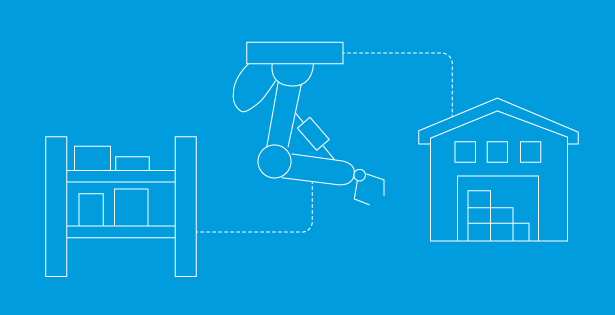In D365 Field Service, service providers can set up Service Level Agreements (SLAs) at an account level to define customer expectations. These agreements define the expected level of service the customer can expect and how it will be measured. This helps ensure both parties are aligned on what to expect and prevent misunderstandings. Custom KPI’s can be set up on those agreements, to ensure that important metrics are tracked every time work is completed for that customer.
Within Field Service, SLAs benefit both parties involved by ensuring timely service delivery, which leads to increased customer satisfaction. By adhering to SLAs, service providers can demonstrate their commitment to quality and reliability, which in turn builds trust with customers. This trust is crucial for maintaining long-term relationships and can lead to repeat business and referrals.
Here are some key KPI’s that we see Field Service Clients track, but KPI’s can be customized to your business’s needs.
- Response Time: The time taken to respond to a service request.
- Resolution Time: The time taken to resolve an issue from the moment it is reported.
- First-Time Fix Rate: The percentage of issues resolved on the first visit.
- Uptime: The amount of time equipment or services are operational and available.
More than just gathering data on these KPI’s, through Service Level Agreements, companies can ensure that the metrics are being hit to their customer’s exact need. For example, customer A could request that equipment Uptime should average above 75% or customer B may require that 90% of service requests are responded to within 4 hours.
When theses metrics are tracked, companies are able to aggregate data on their performance to drive customer satisfaction, win contracts, and increase operational efficiency. The integration of SLAs with other Dynamics 365 features allows for better resource management, streamlined workflows, and enhanced performance tracking, all of which contribute to a more efficient and cost-effective service delivery process

 RSMUS.com
RSMUS.com



